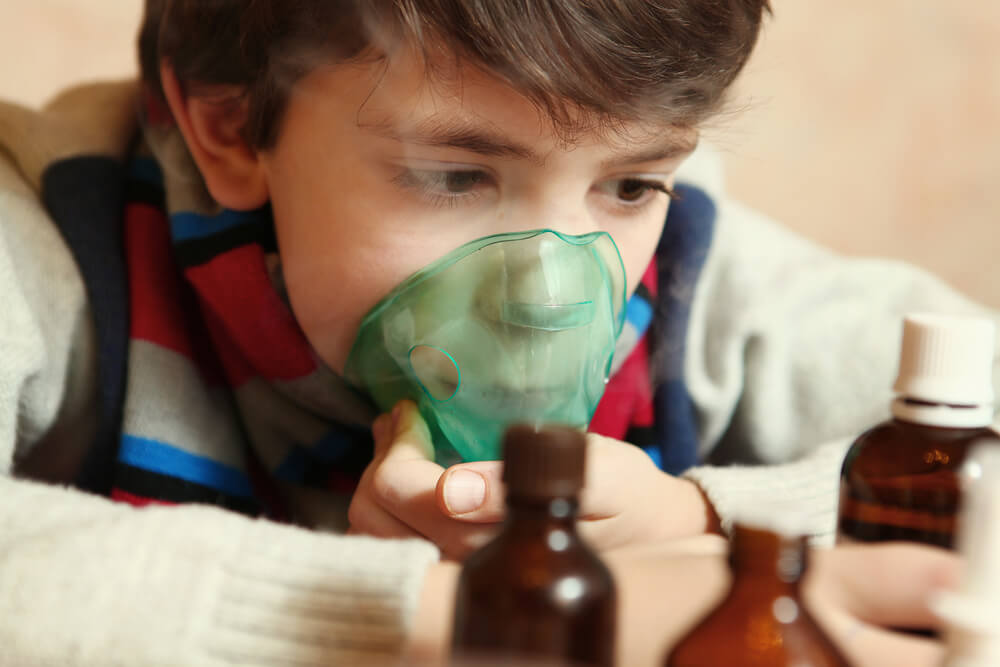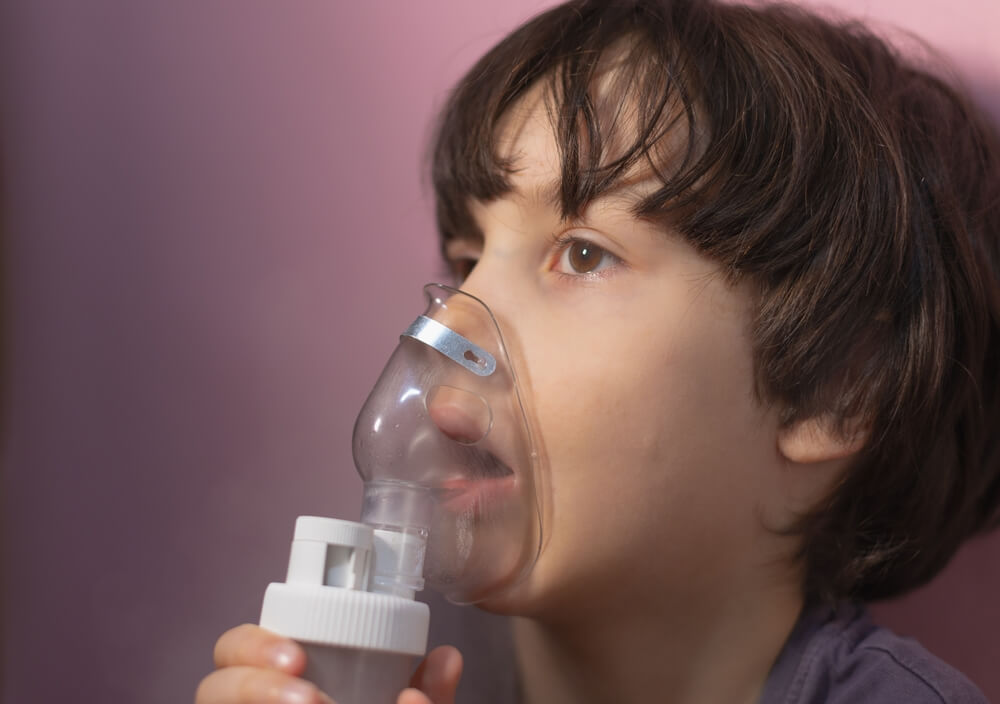In the realm of pediatric care in Miami, Florida, parents often face a common yet unsettling condition: croup. This respiratory challenge, primarily seen in younger children, can be a distressing experience for both the child and their caregivers. Understanding croup and its management is vital for a smooth journey to wellness.
What Is Croup? Unveiling the Basics

Croup is a respiratory condition characterized by an inflammation of the larynx (voice box) and trachea (windpipe). It typically affects children between six months and three years old. Understanding what croup is is the first step in recognizing its symptoms and effectively managing it.
Identifying Croup Symptoms: The First Step to Healing
Recognizing croup symptoms is crucial for timely intervention. The hallmark sign of croup in kids is a distinctive ‘bark’ cough, often likened to the barking of a seal. This cough can be alarming but is a key indicator of croup. Some children with croup may also exhibit a bark cough, no fever, making it different from other respiratory infections.
Croup in Babies: Special Considerations
Croup in babies can be particularly concerning due to their smaller airways. Babies may exhibit symptoms like a hoarse voice, noisy breathing (stridor), and the distinctive bark cough, but no fever. Since croup in babies can escalate quickly, understanding these symptoms is essential for parents.
Croup in Kids: Managing Symptoms at Home
For croup in kids, home management is often effective. This includes keeping the child comfortable, using a cool-mist humidifier to soothe breathing, and ensuring the child stays hydrated. Recognizing and responding to croup symptoms early can prevent the need for more intensive treatment.
When to Seek Medical Attention: Croup Symptoms Worsening
While many cases of croup are mild, some children may develop severe symptoms. These can include difficulty breathing, rapid breathing, or stridor at rest. If these symptoms occur, or if a parent is concerned about their child’s breathing, immediate medical attention is necessary.
The Role of Healthcare Providers: Diagnosing and Treating Croup
Healthcare providers play a crucial role in diagnosing and treating croup. Diagnosis is typically based on the child’s symptoms and a physical examination. Treatment may involve steroids to reduce airway swelling and, in severe cases, nebulized epinephrine.
Preventing Croup: Tips for Parents
While croup itself is not always preventable, reducing the risk of respiratory infections can help. This includes frequent handwashing, avoiding close contact with people who are sick, and keeping your child up-to-date with vaccinations.
Understanding Croup-Related Anxiety in Children
Children with croup, particularly croup in babies, may experience anxiety due to breathing difficulties and unfamiliar symptoms. Comforting the child, staying calm, and providing reassurance can help alleviate their anxiety.
Educational Support: Informing Schools and Caregivers
For children with recurrent croup, informing teachers and caregivers about what croup is and how to recognize its symptoms is important. This ensures that they are prepared to respond appropriately if symptoms arise while the child is in their care.
The Role of Community in Supporting Families with Croup
Community support, including parent support groups and educational resources, can be invaluable for families dealing with croup. Sharing experiences and advice can provide comfort and practical tips for managing croup in kids.
Croup Research: Towards Better Understanding and Management
Ongoing research into croup aims to improve understanding and management of this condition. This includes studying factors that contribute to its severity and exploring new treatment options.
Nutritional Support for Children with Croup
Nutrition plays a crucial role in a child’s recovery from croup. A balanced diet rich in vitamins and minerals can boost a child’s immune system. Foods high in Vitamin C and Zinc, for instance, can aid in faster recovery and help in building resistance against infections. Hydration is also key, especially when children have a bark cough, as fluids can help in loosening mucus and soothing the throat.
The Psychological Impact of Croup on Parents and Caregivers
The stress and anxiety of managing a child with croup can take a toll on parents and caregivers. It’s essential for them also to take care of their mental health. Seeking support from family, friends, or professional counselors can be beneficial. Communities and healthcare providers should also be aware of this aspect and offer support to the families.
Innovations in Croup Treatment and Management
The medical field is continuously evolving, bringing new insights into the treatment and management of croup. Advancements in telemedicine, for example, have made it easier for parents to consult healthcare professionals about croup symptoms without leaving their home. This can be particularly helpful for mild cases or for initial consultations.
The Importance of Vaccination in Reducing Croup Episodes
Certain vaccines, particularly the influenza vaccine and the DTaP vaccine (which protects against diphtheria, tetanus, and pertussis), can play a role in preventing infections that may lead to croup or worsen its symptoms. Parents should ensure their children’s vaccinations are up-to-date to provide them with the best protection against respiratory infections that could lead to croup.
Building a Support Network for Croup Management
Creating a support network can be invaluable for families dealing with croup. This network can include healthcare providers, family members, friends, and parents of other children who have experienced croup. Sharing experiences and advice within this network can provide emotional support and practical tips for managing the condition.
Fostering a Safe and Comfortable Environment for a Child with Croup
Creating a calming environment at home can help alleviate the distress associated with croup. This includes a quiet and comfortable sleeping area, gentle activities that do not exacerbate the child’s symptoms, and the presence of familiar and comforting items, such as favorite toys or blankets.
The Journey to Wellness: A Holistic Approach

Ultimately, managing croup in kids and babies is a journey that encompasses more than just medical treatment. It involves a holistic approach that takes into account the physical, emotional, and environmental factors affecting the child. By understanding croup, its symptoms, and the various ways to manage it, parents can navigate this journey with greater confidence and support their child’s path to wellness.
Conclusion: Croup Journey with Expert Guidance
Managing croup, particularly croup in babies and kids, requires vigilance and care. Understanding what croup is, recognizing its symptoms, and knowing when to seek medical help are key. In Miami, healthcare professionals like Doctor Ana are dedicated to guiding families through this journey, ensuring the health and well-being of our youngest citizens.




